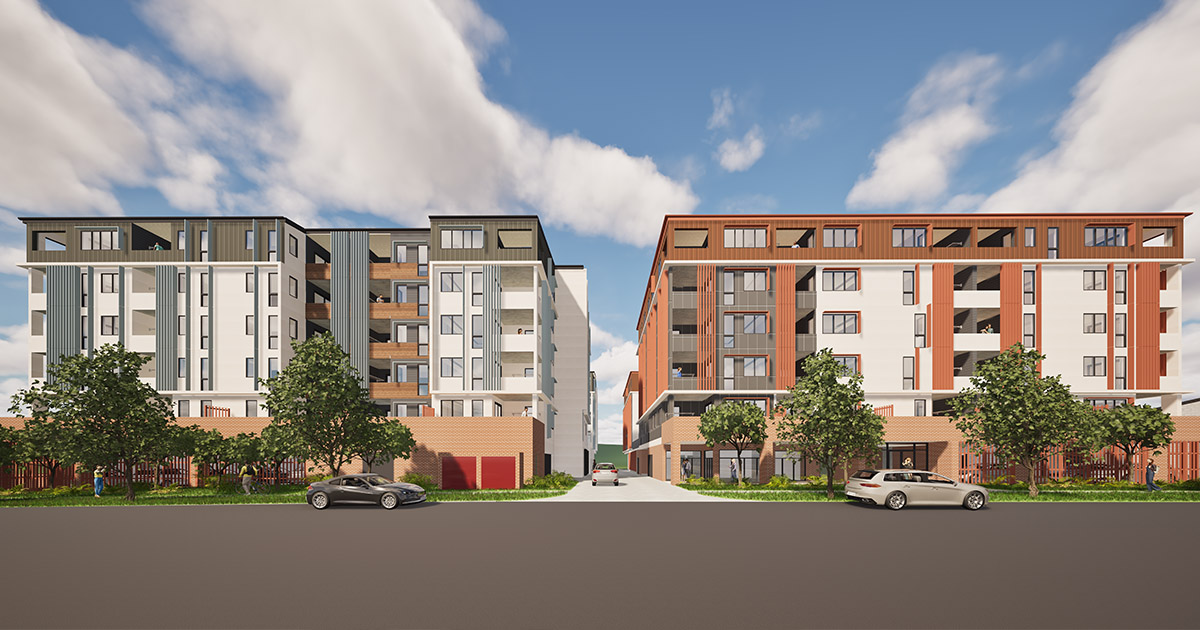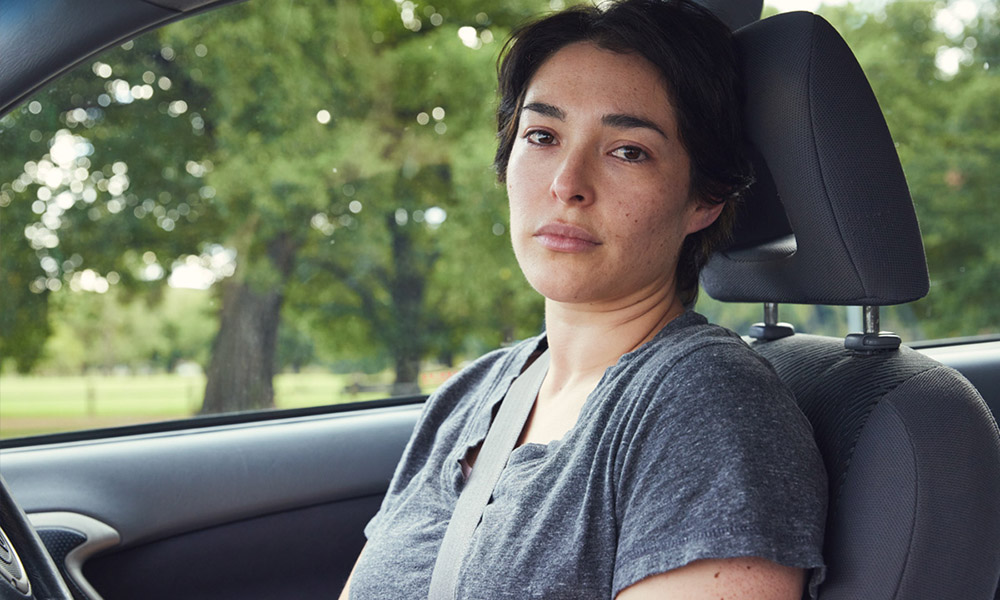Mission Australia responds to rising ABS Census homelessness figures
- Details
In response to new ABS 2021 Census Homelessness data recording more than 122,000 people are experiencing homelessness in Australia – an increase since the 2016 Census when 116,000 people experiencing homelessness were counted – Mission Australia’s CEO Sharon Callister is calling for the Commonwealth and State and Territory governments to urgently commit to the building of almost one million new social and affordable homes over 20 years.
Homelessness across the nation has risen by 5% between the 2016 and 2021 Censuses. The 2021 statistics recorded 122,494 people going without a safe and secure place to call home on any given night in Australia, with the majority experiencing hidden homelessness (114,854). These people were staying in severely overcrowded dwellings, refuges, boarding houses or temporarily with friends or family on Census night.
Around 6% of the homeless population are rough sleeping.
One in six or nearly 20,000 people who are homeless are aged 55 years and over, an increase of 4% since the 2016 Census. There are 942 young people aged 12-18 who are couch surfing on any given night.
Aboriginal and Torres Strait Islander people made up 3.2% of the population but made up 20% of all people homeless on Census night.
In response to the newly released ABS Census Homelessness data, Mission Australia’s CEO Sharon Callister said:
“I’m not surprised that Australia’s homelessness figures have increased to more than 122,000. Our services and those we work with across the sector have certainly seen a surge in homelessness in recent years.
The severe shortage of social and affordable housing, a private rental market that is extremely unaffordable across metro and regional Australia and soaring cost of living are accelerating Australia’s housing and homelessness crisis.
“Australia’s homelessness crisis has been exacerbated by the long-term absence of a serious and sizeable commitment to building new social and affordable homes. Safe and secure housing provides a stable base from which children can attend school, adults can work, people can be healthy and communities can thrive.
“Those on the lowest and even moderate incomes are increasingly left without an affordable and secure home to live in. The ongoing severe lack of appropriate social and affordable housing is clearly evidenced in the worrying rise in people in temporary accommodation.
“Behind these numbers are thousands of men, women and children who are living in the most precarious situations, forced to sleep in severely overcrowded dwellings, on a couch at a friend’s house, or even one of the 6% who are rough sleeping on the street or in a car.”
The solution:
Ms Callister said: “Australia needs a long-term and far greater commitment from governments to build new social and affordable homes to meet the stark shortfall. This is a nationwide issue that needs a commitment from everyone - all governments, the corporate sector, charities and individuals if we are to have any hope of ending homelessness in Australia.
“After so many years of Federal Governments leaving social housing investment largely up to the States and Territories, the current Federal Government have recognised this as a Commonwealth issue with their commitment of $10 billion to build 30,000 new social homes, but much more still needs to be done.
To house those who are in need, a recent government review calculated we need 891,000 new social and affordable dwellings across Australia within 20 years, at a cost of $290 billion. This must include localised housing targets to ensure new developments meet the needs of all the community.
“To address over-representation of Aboriginal and Torres Strait Islander people in the homelessness system, we need far more new housing stock in Aboriginal and Torres Strait Islander communities. Aboriginal Community Controlled Organisations have the knowledge and expertise to drive solutions with and for Aboriginal communities. Resourcing to support a strong Aboriginal Housing Sector is essential.
“We also need sustainable and innovative housing solutions. New social and affordable homes should be created with infrastructure connected to education, training and support services, and the Federal Government must increase the minimum energy efficiency requirements for new homes, which could help slash household energy bills.
“There is also a severe shortage of youth-specific housing options, and existing funding for Youth Foyers simply isn’t enough or sustainable. A Federal Government commitment to invest in a tranche of at least six Youth Foyers across Australia in the next year would help support young people experiencing or at risk of homelessness including those couch surfing - to transition to independent, thriving futures.
“We know that a Housing First model works to address chronic homelessness, where people who find themselves homeless are rapidly rehoused and then supported to maintain that housing by receiving support to address their underlying concerns. Of course, to have ‘Housing First’ we need housing, first – it only works if there are enough homes for people to move into.”
Related media releases
Read about what we’ve been working on, our stance on important social issues and how you make a difference to vulnerable Australians' lives.

Mission Australia says more housing & homelessness investment needed in NSW Budget

Ground-breaking ceremony launches Toowoomba housing project

